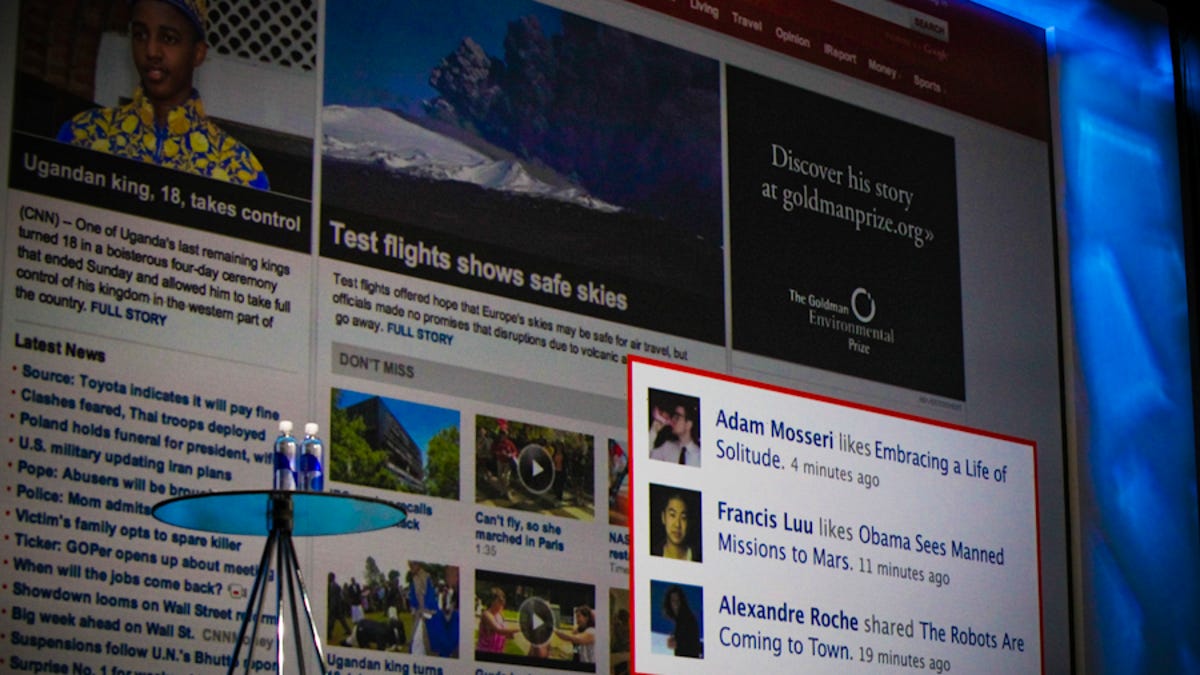Open Graph boosts traffic to Facebook Timeline apps
Virtual pinboard Pinterest, for example, has seen its daily user base grow by more than 60 percent since integrating Open Graph less than a month ago.

After less than a month in the wild, Open Graph is already a huge source of traffic and engagement for Facebook Timeline apps.
Facebook revealed last fall that it would be expanding its lexicon beyond the "like" with Open Graph, which helps third-party publishers link their content with the social network and allows users to see what friends are doing on other sites and join in. Although it's only been a few weeks since additional verbs like eating, buying, and listening to began appearing in earnest, the social network is pleased with the early results.
Facebook today released a number of stats supporting the success of Timeline Apps and Open Graph. Chief among them is the virtual pinboard Pinterest. The red hot startup has seen its daily user base grow by more than 60 percent since integrating Open Graph less than a month ago.
It's not just the latest social media darling that's seeing growth from Open Graph, though. Designer shopping site Fab.com has had a 50 percent boost in traffic from Facebook, while food and recipe site Foodily has quadrupled its new users. Similarly, the number of visits and activities shared have tripled on Foodspotting, and Artfinder posted a 60 percent increase in time spent on its site.
For Facebook, Open Graph was a logical evolution. Just last week, Facebook CEO Mark Zuckerberg was in a mishap where he inadvertently appeared to like Republican presidential hopeful Mitt Romney. Had Open Graph engagement been fully rolled out, the "Zuck likes Romney" debacle would have been a "Zuck read Farhad Manjoo" non-story.
Inadvertent likes are reminiscent of the early days of the Facebook status, when all statuses had a forced "is." Just as individuals aren't always "is" doing something, they don't always necessarily like the things they "like."
Using Open Graph, people can read, watch, and eat items on the social network rather than simply throwing a "like" blanket on top of everything. As Open Graph expands, the context that it provides will likely prove a boon for all parties. With content providers and services able to elect more appropriate verbs, users will be able to more quickly identify services of interest and startups like Pinterest will have more streamlined paths toward user acquisition.

